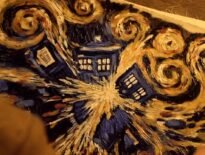The second episode of Doctor Who Series 13 (aka Flux), War of the Sontarans, sees the Sontarans as an opposing faction in the Crimean War fighting against the British army. One of the guest characters is a lady called Mary Seacole.
While for some that name isn’t well known, for others Mary Seacole is just as important as the other famous nurse of the Crimean War, Florence Nightingale. In this article (hopefully the first of many that will look at all real life aspects — historical, scientific, and everything in between — so long as it relates to Doctor Who), we’ll be looking at the life of the extraordinary Mary Seacole.
Born in Jamaica on the 23rd November 1805, Seacole was born a ‘Free Person’. This meant that, although Jamaica was owned by the British and many of its inhabitants were cruelly being sold as slaves around the world, Seacole and her mother were spared this cruel and unjustifiable life because her father was a member of the English army.
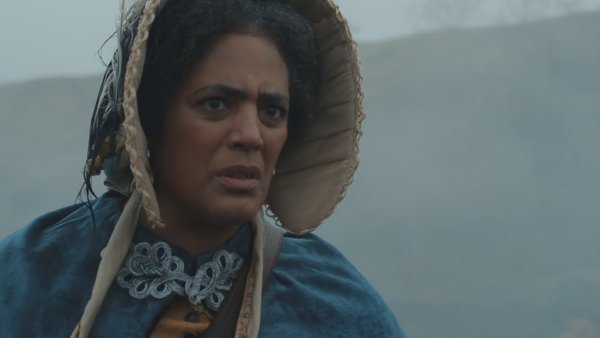
Although being born a ‘free person’, her family wasn’t afforded many of the same rights as others. Mary’s mother was also a nurse and this is where Seacole’s love for medicine and helping others came from. Her mother also ran a lodging house, called Blundell Hall, and was highly regarded in Kingston, Jamaica’s Capital. While running Blundell, she would teach Mary all about traditional medicine.
Mary would then take what she had learnt and practice on her dolls, the family pets, and on herself.
In her autobiography, Seacole recalled:
“It was very natural that I should inherit her tastes; and so, I had from early youth a yearning for medical knowledge and practice which never deserted me…. And I was very young when I began to make use of the little knowledge I had acquired from watching my mother, upon great sufferer – my doll… and whatever disease was most prevalent in Kingston, be sure my poor doll soon contracted it.”
As Mary grew up, she would visit London for extended periods of time, either staying with family or with friends and while she experienced some racist comments (Mary just ignored), her friends were quite hot tempered. She describes some incidents would “get quite eventful”, especially when there weren’t policemen around.
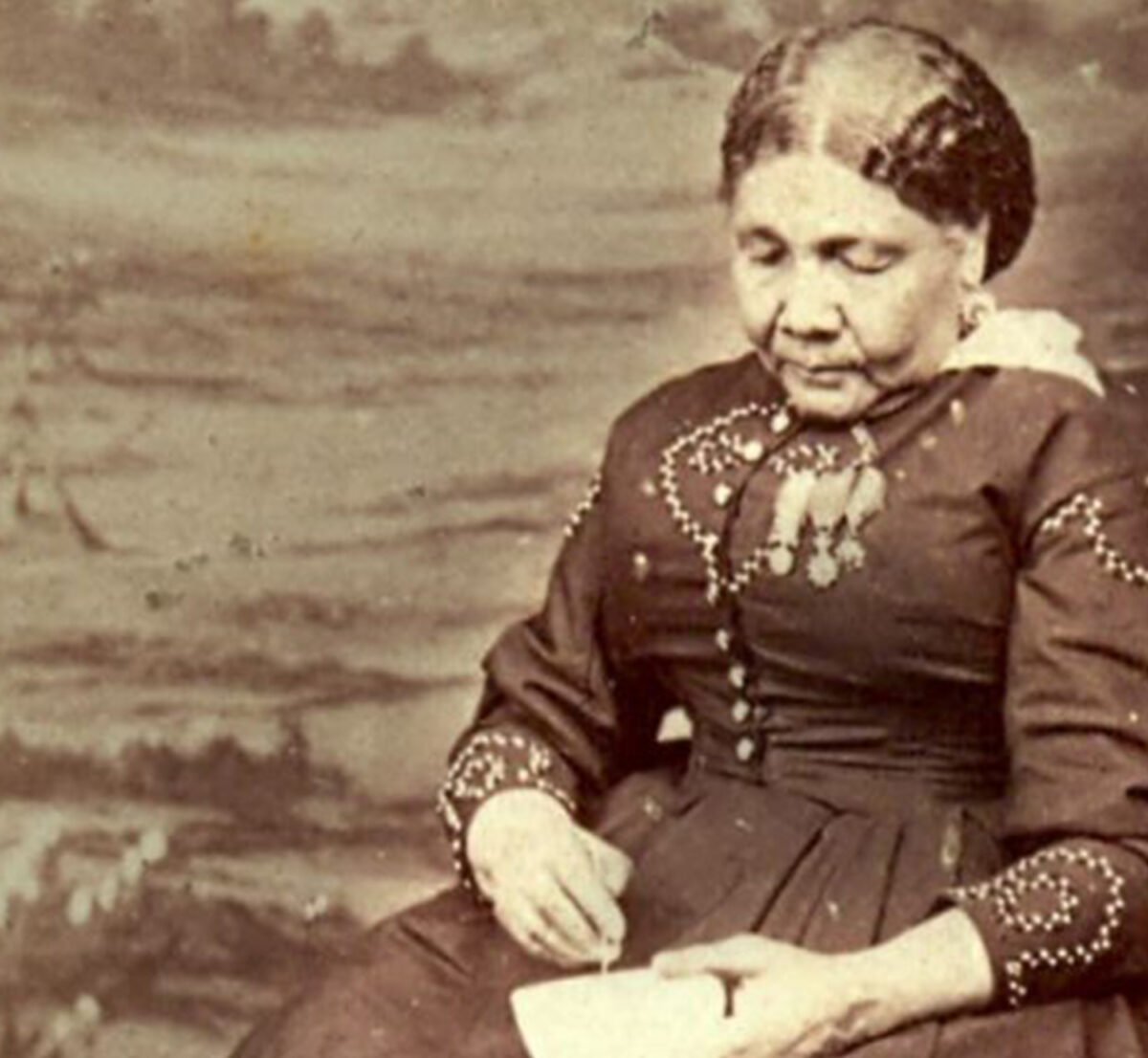
Mary loved to travel and saw a lot of the Caribbean and England before eventually getting married to Edwin Horatio Hamilton Seacole on 10th November 1836. Sadly, this marriage wouldn’t last long as Edwin became ill and passed away in 1844, which was followed closely by the death of her beloved mother. Both these tragedies absolutely devastated Mary and she threw herself into working in the field of medicine where she felt the safest.
In 1850, an outbreak of Cholera hit Kingston and she stepped out to nurse all those afflicted. Then, a year later, another outbreak of Cholera hit the town of Cruces. She managed to deal with the outbreak, with a mixture of her own medicines including mustard and mercury chloride to help ease suffering while she caught a mild case of the illness. She would also help ease an outbreak of Yellow Fever in Kingston in 1853.
When Blundell Hall burned down, she would oversee a new hall, simply named New Blundell Hall being built, which she converted into a hospital for soldiers in the nearby British Army. Seacole never had any children, so it’s believed that the maternal feelings she nurtured with the soldiers who stayed at her hospital is what eventually drove her to help in the Crimean War.
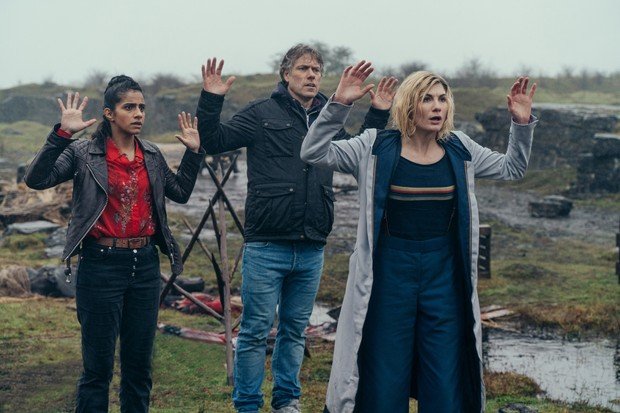
When that war began in October 1953, Mary quickly stepped up to help, travelling to England to offer her services, but she was refused, despite having letters of recommendation from many high ranking senior officials of the time. She was told that all the nursing positions had already been filled and that she wouldn’t be chosen even if a position became available. She ignored the racist connotations from some officials, though she would later bring them up on their refusals and actions; instead, she funded her own trip to Crimea with her friend, Thomas Day. There, they would open The British Hotel, a hotel and store for the soldiers, situated just two miles from where the British Coalition was stationed.
The British Coalition was made up of soldiers from England, France, and the Kingdom of Sardinia, fighting against the Ottoman Empire. As far as we know, no actual Sontarans were involved in the fighting, though given how the Sontarans are a war mongering species, it’s surprising Doctor Who has never involved them in a proper war in the past!
Why might the Doctor, Yaz and Dan be meeting Mary Seacole instead of Florence Nightingale? Well, we’ll get to that in a little bit, but the Seventh Doctor, Ace, and Hex did meet The Lady With The Lamp in the Big Finish audio adventure, The Angel of Scutari. Nightingale and Seacole did actually know each other and Seacole found herself being put up for a night’s rest on her way to the Crimean Front in Nightingale’s hospital, which was found a long way from the front.

Mary would very often travel to the front treating any wounded soldiers she found along the way, including those from the Ottoman Empire. Even though they were technically the enemy, you’d be hard pressed to find anyone who wouldn’t help anyone on a battlefield when they were seriously injured if they could (especially abiding under the Hippocratic Oath). It was this kindness that would earn her the name Mother Seacole.
The only wound she sustained would be a dislocated thumb when she had to throw herself from her horse onto the ground when gunfire flew overhead!
Whether she would help the Sontarans is yet to be seen, but given how she was helping the Russian soldiers, as well as those she was allied too, it wouldn’t surprise me.
As well as earning the name Mother Seacole, Mary would visit the battlefield in bright colours so that the soldiers, on both sides, would know she was there, to tend to their wounds if she was able. After the war ended in 1856, Mary was one of the last to leave the battlefields, but she sadly returned to Britain, almost destitute having spent almost all of her money on supplies for her hospital. Many newspapers, though, were filled with kind messages and well wishes from many of those she had helped to save and nursed back to health.
Mary wasn’t just a nurse: she was also a business woman and attempted to open a canteen in the UK, though lack of funds and interest meant that it didn’t happen, despite many similar business ventures having been successful for her in Jamaica. When she was able, she attended many celebratory dinners for soldiers of the Crimea, one of which saw both her and Florence Nightingale needing bodyguards to hold back the crowds of those wishing to express their thanks. Imagine having over 2000 people clamouring for you’re attention. I think I’d be more afraid of that many people than of the Sontarans!
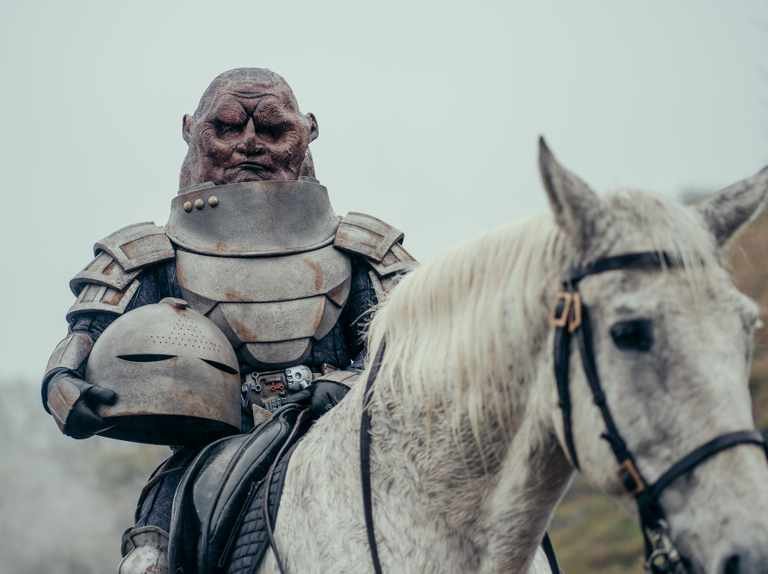
Luckily, those she had helped or had admired her came to her aid once her financial situation became public knowledge, including soldiers, generals, and members of the Royal Family. In 1857, a fundraising gala took place over four days to raise money for her; over 80,000 people were in attendance. That same year she published her autobiography, The Wonderful Adventures of Mrs Seacole in Many Lands — it was to become a huge success and bestseller (though she skillfully omitted the involvement of a certain time-travelling Doctor).
Mary Seacole passed away in May 1881 at her home in London; the cause of death was listed as Apoplexy, then thought to be the rupturing of an internal organ, now known as a stroke. Her story was largely forgotten back then, mainly due to politics and social outlook of the time — until 1980 when her involvement and account of her time in Crimea was rediscovered. And just like then, people still argue that she was a copy of Nightingale, or stole some of her ideas, while others argue the opposite.
But why can’t they both be held in high regard and rewarded for their successes? They both accomplished and saved hundreds of lives in wartime, so they both deserve to be remembered for their accomplishments.
Her legacy is certainly a complicated one for many historians or budding amateurs. While I certainly think she more than deserves to be recognised, it still took until 2016 for a statue to be built and unveiled of her at the St. Thomas’ Hospital on London’s Southbank. Her grave was rediscovered in 1973 and a re-consecration was held the same year. Her grave is now looked after by the Mary Seacole Memorial Association. She has been better remembered in Jamaica where many buildings and initiatives have been named after her.
Sadly, thanks to the weight of history, the social outlook of Victorian England and even modern times, and the world’s focus on Florence Nightingale, Mary Seacole could be consigned to history once again. That would be a shame, as I would argue that she is just as important as The Lady With the Lamp. Maybe she should be remembered as The Lady With A Heart?


